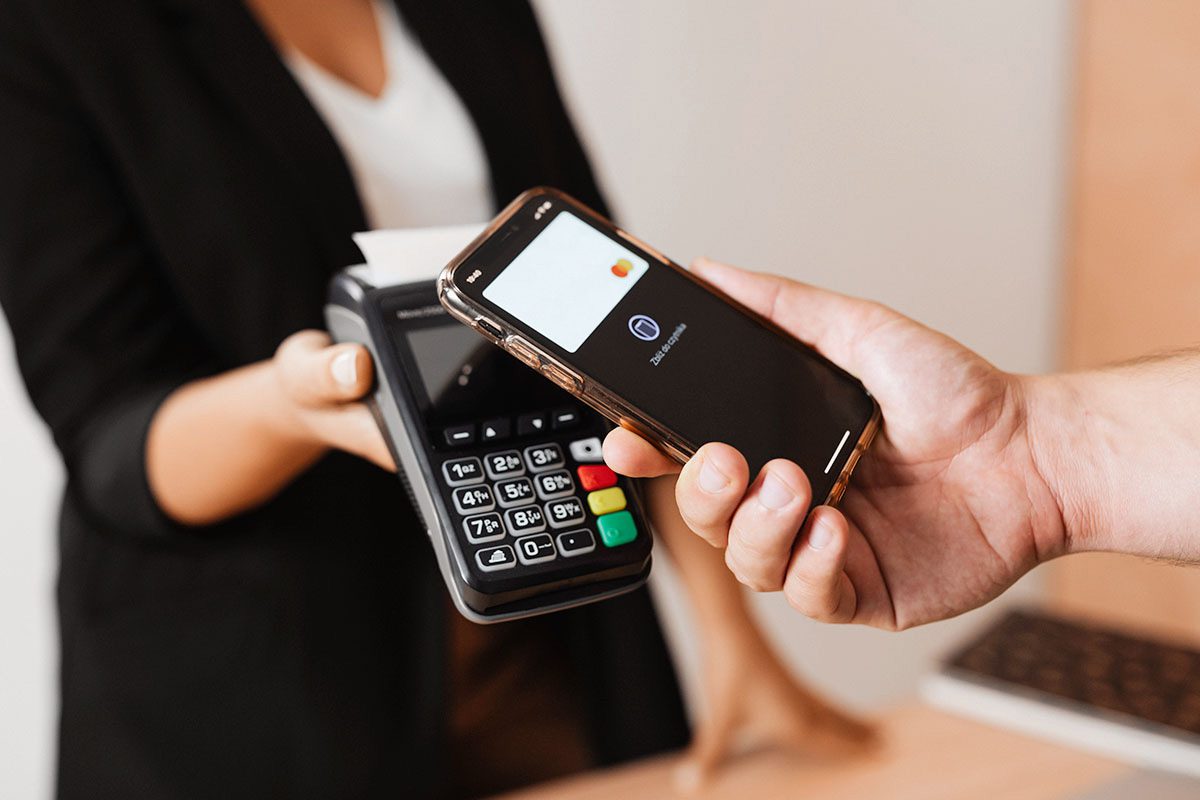Cash is gradually diminishing its presence in European society. There is still a long way to go before it disappears completely, but the reality is that alternative payment methods are accumulating an increasing volume of transactions.
Digitalisation, which is gradually gaining a foothold in society, and the health crisis caused by the coronavirus, have been the main elements driving the use of alternative digital payment methods to the detriment of cash. According to the latest survey on the use of cash conducted by the Bank of Spain, 2.5% of respondents have stopped using this method of payment for hygienic reasons.
As for the merchants who participated in the Bank of Spain survey, only 26.4% considered it to be their favourite payment method, with the card being the most valued form of payment by 64.8% of merchants.
Another factor that is trying to reduce the use of cash is the Anti-Fraud Law approved by the Congress of Deputies last July. This measure, which has been extended throughout Europe, sets the limit for cash payments at 1,000 euros, a correction to the previous limit of 2,500 euros. Thus, if you want to make a purchase of more than this amount in a shop, you will have to pay by card. The main objective is to limit the volume of cash payments and to ensure that transactions are better recorded.
Alternative payment methods for your business
Cards
Both debit and credit cards have become the preferred method of payment for users when paying in physical and online shops.
One of the main reasons for the growth in usage is NFC and contactless technology, which reduces contact with charging devices to almost zero. Initially, contactless payments for purchases under 20 euros did not require PIN entry, and as a hygienic measure during the height of the pandemic, card brands raised this limit to 50 euros, causing people to start using cards more than banknotes or coins.
Bizum
Incorporating Bizum as a payment method for a business is undoubtedly a good option. Currently, this digital payment method associated with the customer’s bank account can be found in more than 25,000 online merchants. Although Bizum is mainly available for ecommerce, in 2022 it plans to launch its payment solution for physical shops, which will be a major step forward in terms of payment method alternatives in shops.
The payment process through Bizum in e-commerce is as follows: once the customer reaches the shopping cart and decides to complete the purchase, if he/she has an active Bizum account and wants to pay with this payment method, he/she must select it. The user will enter their telephone number and their 4-digit Bizum PIN. They will then receive an SMS with an OTP (On Time Password) with which the transaction is verified and carried out.
E-wallets – Apple Pay and Google Pay
The implementation of NFC-enabled devices to enable payment through virtual wallets is another way to extend and improve the user experience. Two of the main wallets are Apple Pay and Google Pay, where the registration procedure for both is similar. To do so, the user must either scan through the camera or enter their card details into the app, where they will be stored securely.
Once the data has been stored, the customer can pay in shops, both in person and online. In the face-to-face case, the customer must select the card from the wallet and bring their mobile device close to the PIN Pad. Once this is done, they only need to authorise the payment by biometric authentication, either with facial recognition or fingerprint, or by a PIN code to finalise the transaction.
Alipay and WeChat Pay
In addition to the virtual wallets of the American giants, we should also consider those of Asian countries, Alipay and WeChat Pay.
The Asian giant is one of the countries that is reducing the use of cash the most, with 84% of the Chinese population having paid using their mobile phones between July and September 2021. For this reason, the acceptance of payments through these virtual wallets becomes necessary given the high volume of tourists and Asian residents in our country.
Alipay’s modus operandi is based on four simple steps, so it is also a quick process. As with Google Pay or Apple Pay, the user chooses Alipay as the payment method and is automatically redirected to the wallet to proceed with the payment. The last step is to enter a PIN code that authenticates the transaction and confirms the payment.
The purchase process with WeChat Pay is a little faster if possible. The user scans the QR code containing the purchase summary information and accepts the payment by entering their personal password.
Bank Transfer – Sipay Transfer
Sipay Transfer is a payment method based on immediate transfers. The purchase process is very simple, as the customer must select Sipay Transfer as the payment method. Once this is done, the user selects their bank and enters their online banking login credentials. Finally, the buyer selects the account from which he/she wants to make the payment and authorises the payment.
Sipay, a global payment platform, highlights the need to offer end customers a wide variety of fast, easy, and secure alternative methods. The payment methods sector is constantly evolving, and users are fast adopters of new ways of paying, which is why merchants must adapt their businesses to the digital environment and its trends, offering users different alternatives and thereby increasing their conversion rates.



